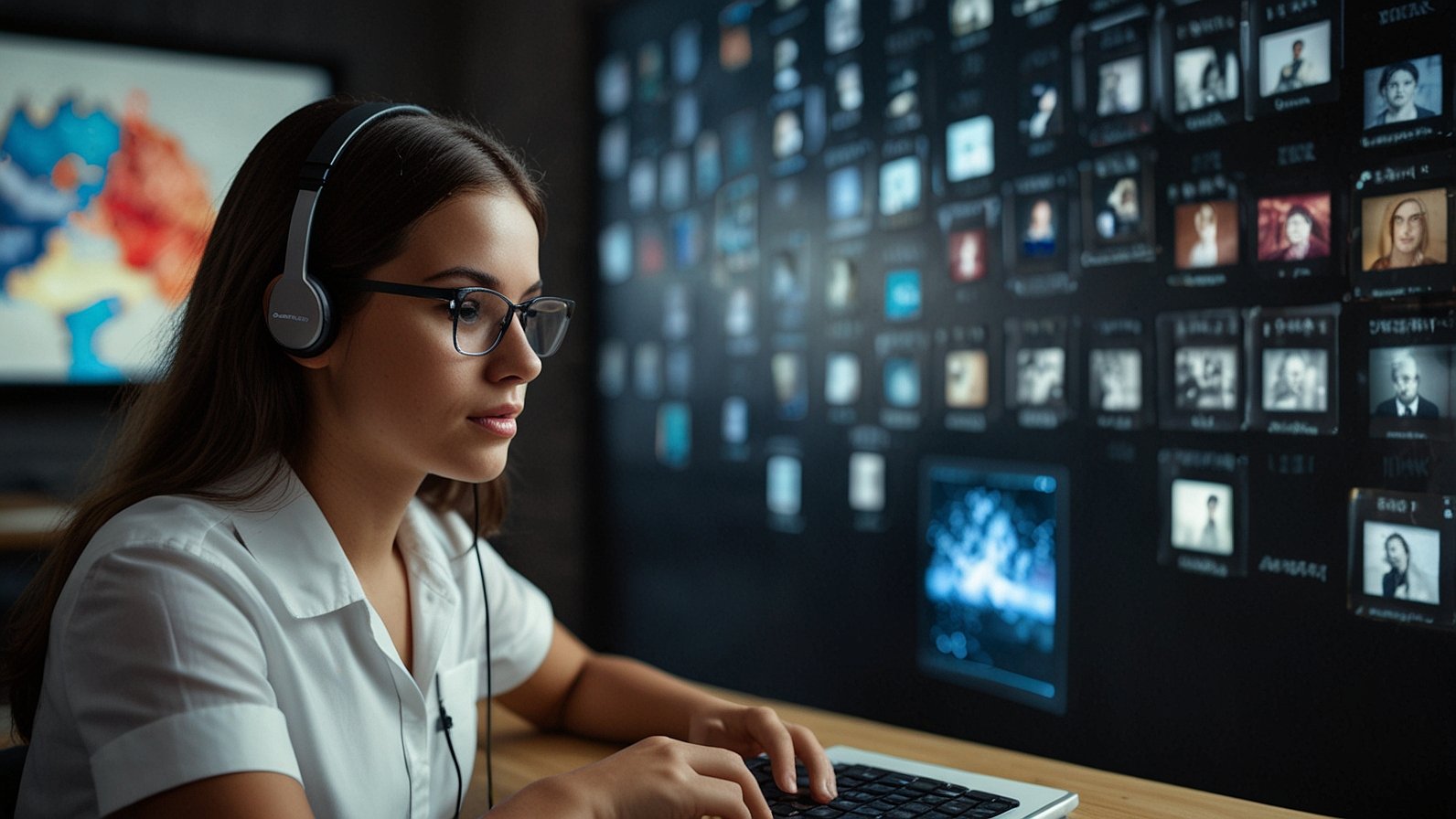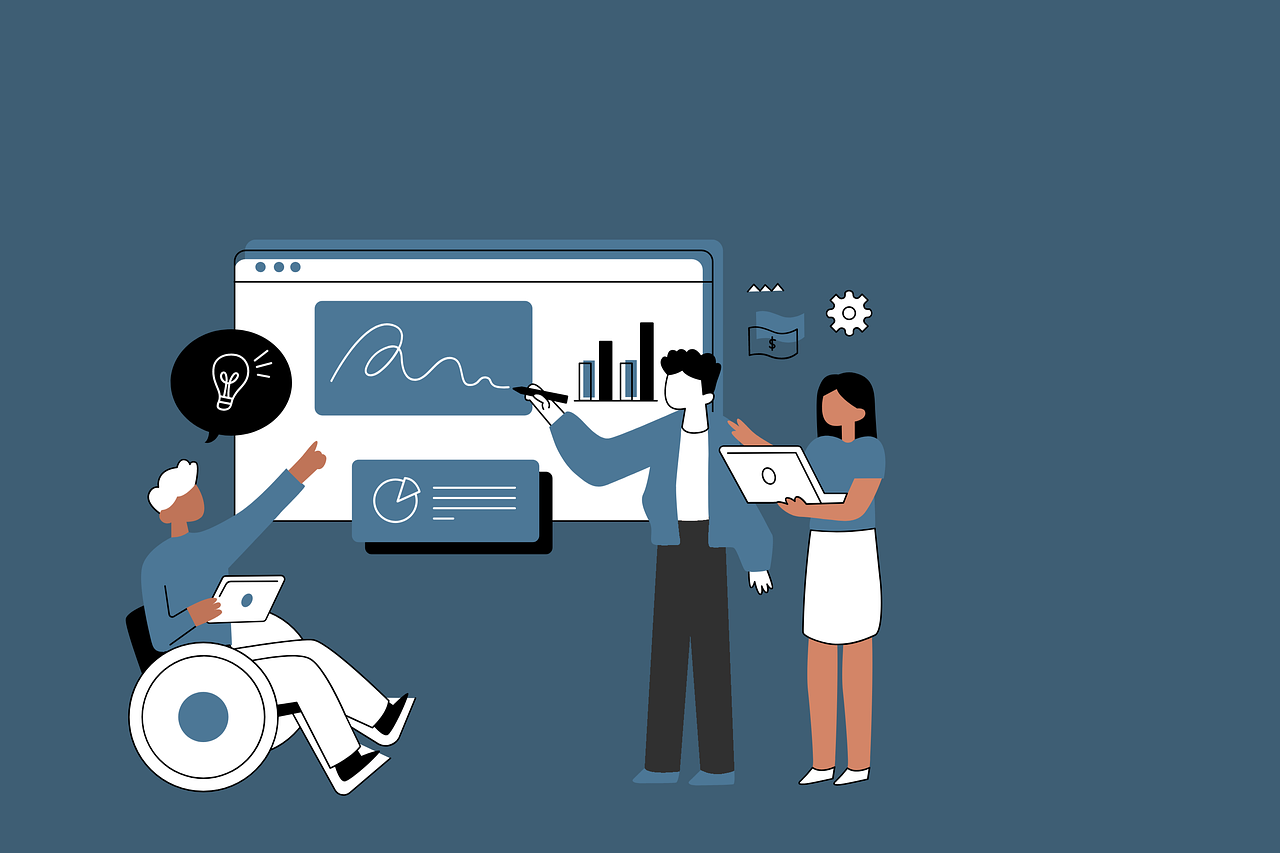The demands of the modern, tech world have rendered traditional teaching techniques obsolete, compelling educators to adopt new developments in the field. Imagine receiving AI feedback in real time or learning a course in the ruins of Mohenjo-Daro. All this is happening now, and here are 6 innovations that are transforming the way classrooms operate.
1. Easy Access to Resources
With Learning Management Systems (LMS), resources are more easily available than ever – and all in one place. Lecture notes, slides, and all related blogs, articles, and video links can be uploaded there. Anytime they choose, students may log in, use the tools, and study. The website may be used by students to submit their work, monitor their results, and receive feedback from professors, who can even post timed tests. It enables instructors and students to maintain organization. Students do not have to feel overwhelmed or confused as everything is neatly packed in one place.
NCES reports that 20.5% of undergraduate students have some sort of disability. As such, the rise of assistive technologies like speech-to-text software, audiobooks, and adaptive devices have made content available to everyone, even people with disabilities, who can make use of these technologies to keep up with the rest of the class.
2. Ease for Teachers
EdTech is taking off some of the workload of teachers as well. On platforms like LMS, automated checking is done, so they do not need to check each test individually. Furthermore, AI powered tools assist them in making lesson plans and easily creating quizzes. Biometric verification is often used to mark student attendance, saving class time by eliminating the need for individual roll calls.
3. Personalized Learning
Each student is different on their own and teachers understand that they should divert their focus on something specific to them only, not what the whole class needs. Thanks to digitalization, teachers have quick access to how well students are performing and can quickly pinpoint the areas they are weak. Such a process of instant feedback greatly helps improve student engagement.
Also, the availability of analytics is crucial in helping teachers know where their students stand. Platforms that use algorithms that test students on the areas they are weak in and suit the student’s pace and style of teaching are also being worked on.
4. Tools and Technologies
It is the age of digitalization, and technology is being incorporated into the classroom with respect to Augmented and Virtual Reality that stimulate environments and allow students to learn complex topics interactively and excitingly; the Internet of Things(IoT) that incorporates sensors and smart devices likes digital whiteboards, and Artificial Intelligence (AI) features that offer real-time feedback and predict outcomes, are implemented in classrooms. It is necessary to keep in mind that while students have access to such resources, they do not fall prey to the wrong sites, and student safety tools are efficiently implemented to prevent this.
5. Virtual Field Trips
A simple Google Satellite search can help students explore a place fully while sitting in a classroom. Such virtual field trips are helpful for Geography and History sessions, where a class can be made interactive when they are asked to look for a certain landmark or natural phenomenon. Or when talking about different countries, students can be asked to explore the different attractions, like theme parks, etcetera. The possibilities are endless.
6. A Flipped Learning Model
Another common practice that teachers are conducting is exposing students to resources earlier on and asking them to read. When in class, teachers encourage students to come up front and discuss what they read in these resources by presenting in front of everyone and discussing about it with their peers, helping them get deeper insight into the topic. Students are now the teachers and the teachers the students and explain in a way that even a layperson would understand. Such a flipped learning model encourages students to be creative, expressive, and innovative about their ideas.
Conclusion
Recent innovations in education incorporate the use of the latest technologies. If implemented naturally and in balance with other teaching methods, technology can be very beneficial in the educational environment, as it has proven to be up till now.
YOU MAY ALSO LIKE: The Blooket Host: Your Secret Weapon for Unlocking Explosive Classroom Engagement










